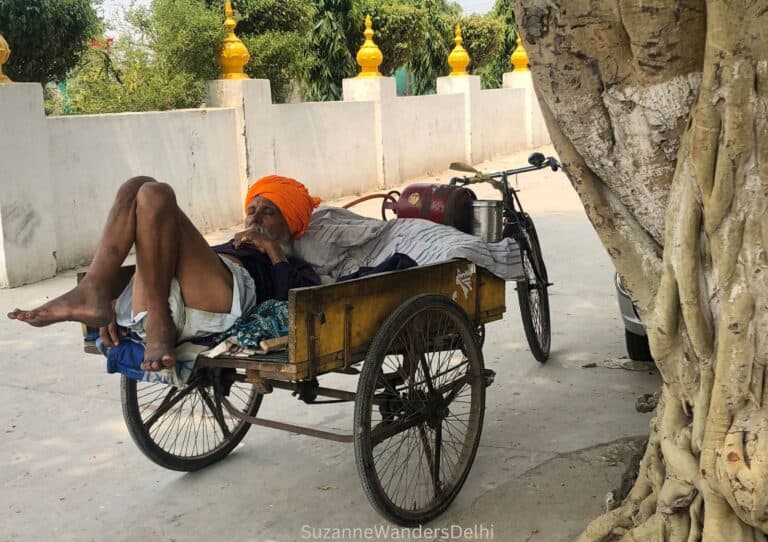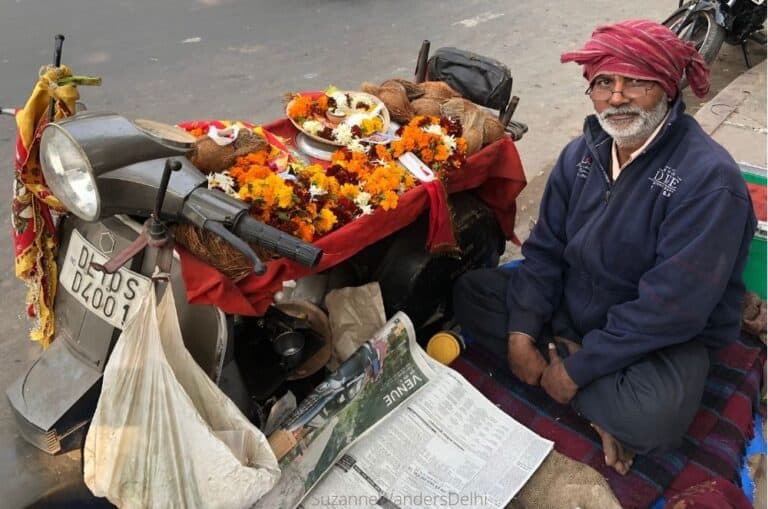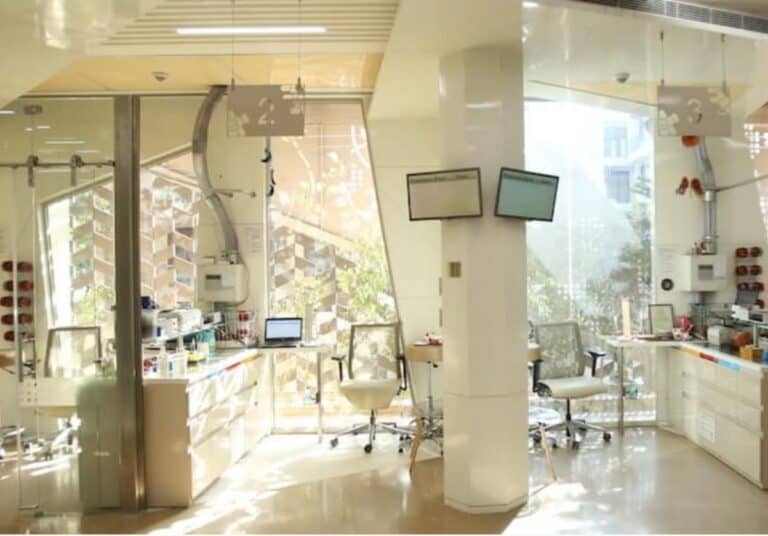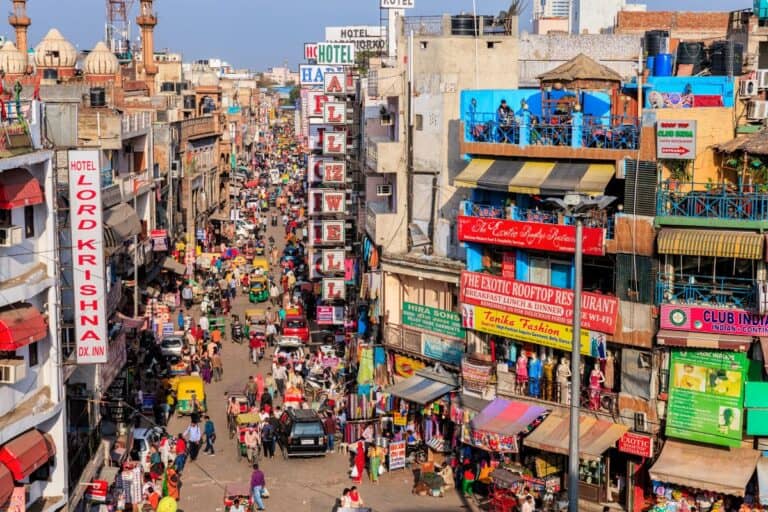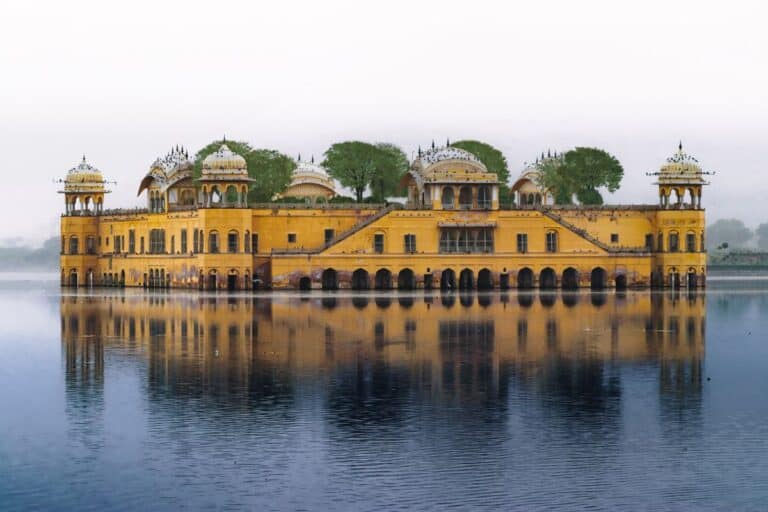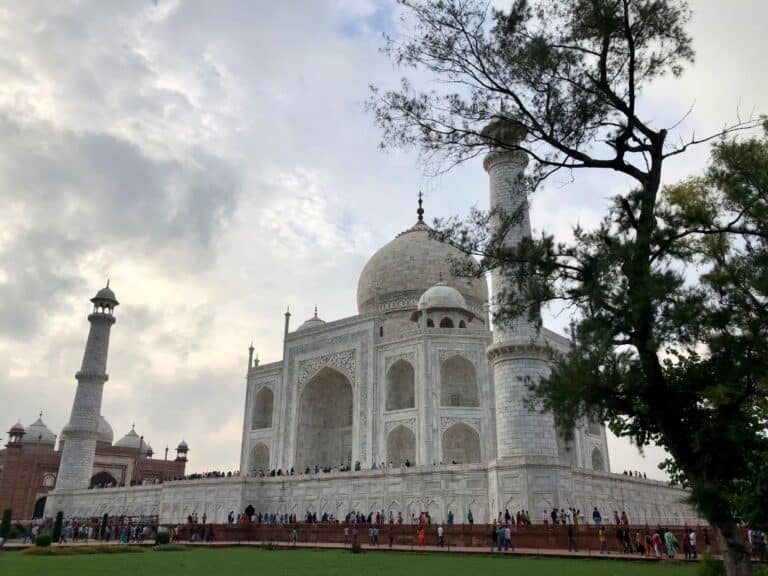Suzanne Wanders Delhi contains affiliate links. If you make a purchase using one of the links below, I may receive compensation at no extra cost to you. I only recommend products and services I use and trust. Read my disclaimer for more information.
It’s a dilemma many visitors face, Mumbai vs Delhi. You’re planning a trip to India but which city is better? The truth is they are both fantastic with plenty of reasons to visit, but they’re very different. I live in Delhi and love it, but I always enjoy my trips to Mumbai. Every time I visit Mumbai I wonder if I should move there.
The two biggest cities in India share a friendly rivalry. Mumbaikars and Delhiites each think their city is superior, now it’s time for you to decide! This guide looks at Mumbai vs Delhi and everything you need to know to make a decision.
Mumbai vs Delhi: which city has a better location?
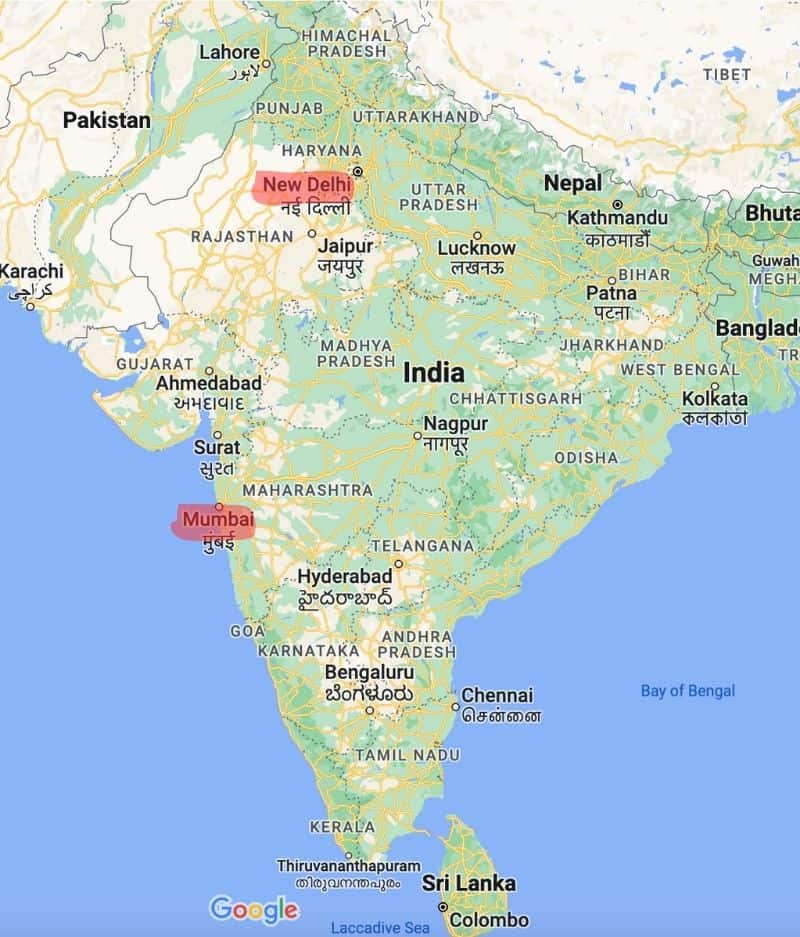
This really depends on where you want to go after. India is a large country and Mumbai and Delhi are 1151 km apart from each other, two hours by plane. Delhi is in northern India while Mumbai is in the south-west.
If you want to explore India’s golden triangle (Delhi-Agra-Jaipur), Rajasthan, the Himalayan region, or if you are traveling onto Nepal, Delhi is better. If you plan to visit Goa, Tamil Nadu, Kerala, Kolkata or anywhere else in south India, or travel onwards to Sri Lanka, Mumbai is better.
Both cities have world-class international airports with hundreds of domestic and international flights daily. Delhi’s Indira Gandhi International Airport (DEL) has over 1100 flights daily, while Mumbai’s Chhatrapati Shivaji Maharaj International Airport (BOM) has over 900.
Delhi is in-land, a jumping off point for exploring Rajasthan and the lower Himalayas. Mumbai is on the Arabian sea, it has beaches and it’s easy to explore other coastal areas like Goa and Kerala from Mumbai.
- Mumbai: coastal, closer to Goa, Kerala and Sri Lanka
- Delhi: in-land, closer to Agra, Rajasthan and Himalayas
Mumbai vs Delhi: which has better weather?
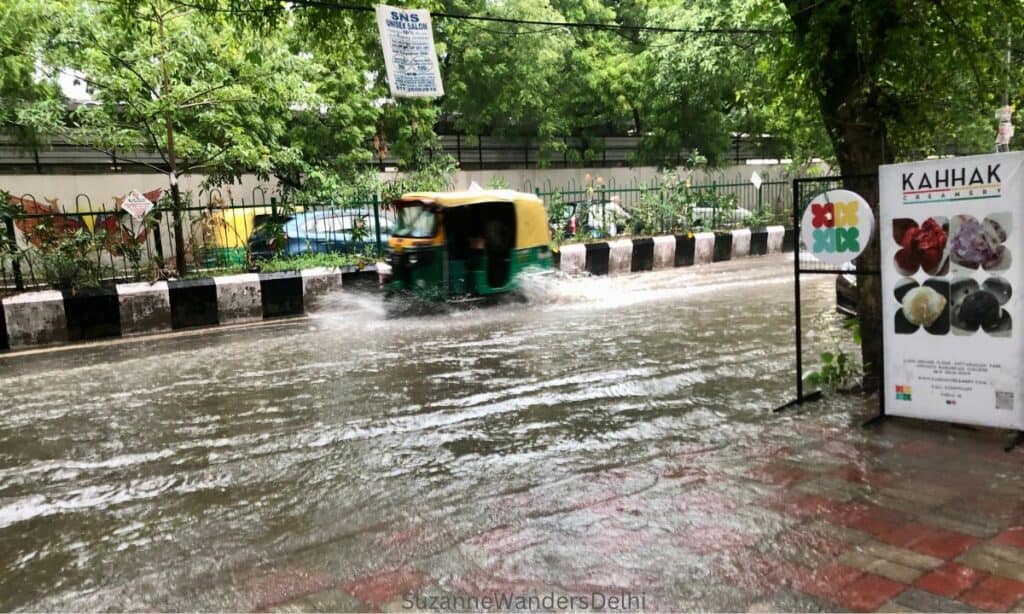
Delhi experiences more extremes in weather, very hot in summer and cold in winter. Mumbai is almost always hot and humid, but to varying degrees. Personally, I prefer the more even temperatures of Mumbai (outside of monsoon season).
Delhi can reach 47 C in May and June and although monsoon season (July and August) is cooler, the humidity is high so it still feels suffocating. Temperatures drop to single digits for about 6 weeks in December and January, and pollution levels are at their worst. If you do travel to Delhi in winter, make sure your accommodation has heat.
Mumbai never gets as hot as Delhi, thanks to its coastal location, but it can get incredibly humid. During monsoon season (June, July and August) Mumbai can experience epic rainfalls and flooding. Winters are pleasant, days are 20 – 30 C, and nights are cooler. Even with the cleansing effect of the ocean, pollution levels are still high.
- Best months to visit Mumbai: December, January and February
- Best months to visit Delhi: October, November, February and March
Mumbai vs Delhi: how is the culture different?
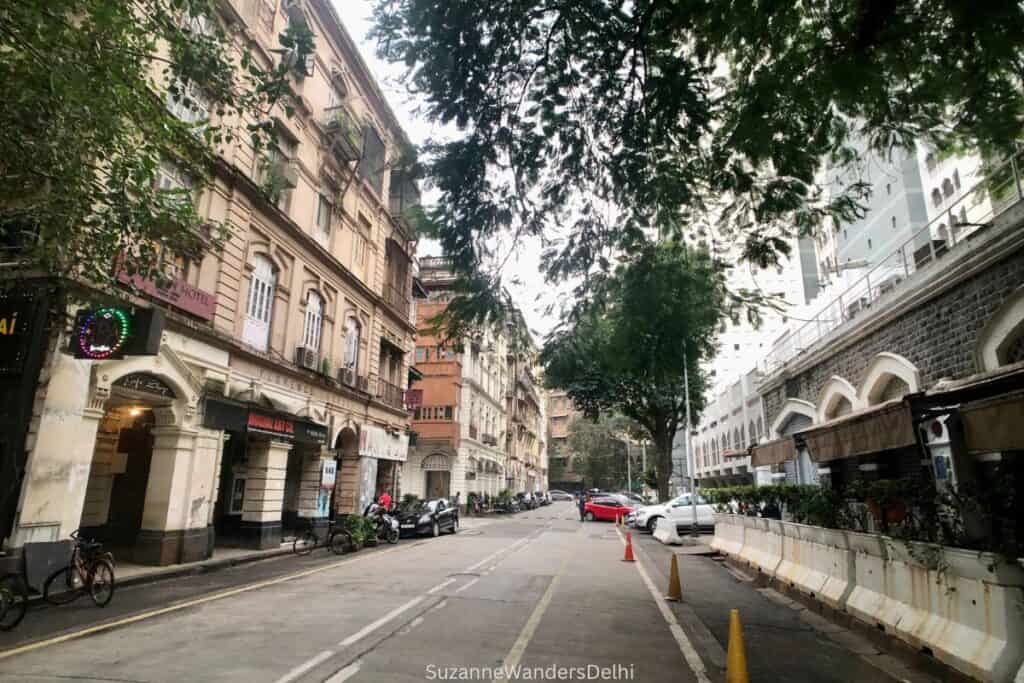
Delhi and Mumbai are both mega Indian cities, but the culture is very different. Delhi is the political and cultural capital – it has a stately feel about it. Because of the number of embassies and consulates, there’s a thriving expat population. Mumbai is the financial and commercial capital of India and home of Bollywood. It’s more relaxed and cosmopolitan than Delhi. It’s known as the City of Dreams.
Both cities are a melting pot of cultures. Delhi is very historic, one of the oldest cities in the world and full of Mughal ruins and monuments. Mumbai is newer and more glamorous, but has a lot of Victorian and gothic-revival buildings from the British era. In fact, most of Mumbai as we know it today is built on reclaimed land – Mumbai used to be 7 separate islands.
So, which is better when it comes to culture? Both cities have their unique charm. Delhi is better for history and culture. But if you’re more interested in experiencing a high energy and cosmopolitan city, then Mumbai is for you.
- Mumbai: financial and commercial capital, cosmopolitan
- Delhi: political and cultural capital, stately
Mumbai vs Delhi: which city has better food?
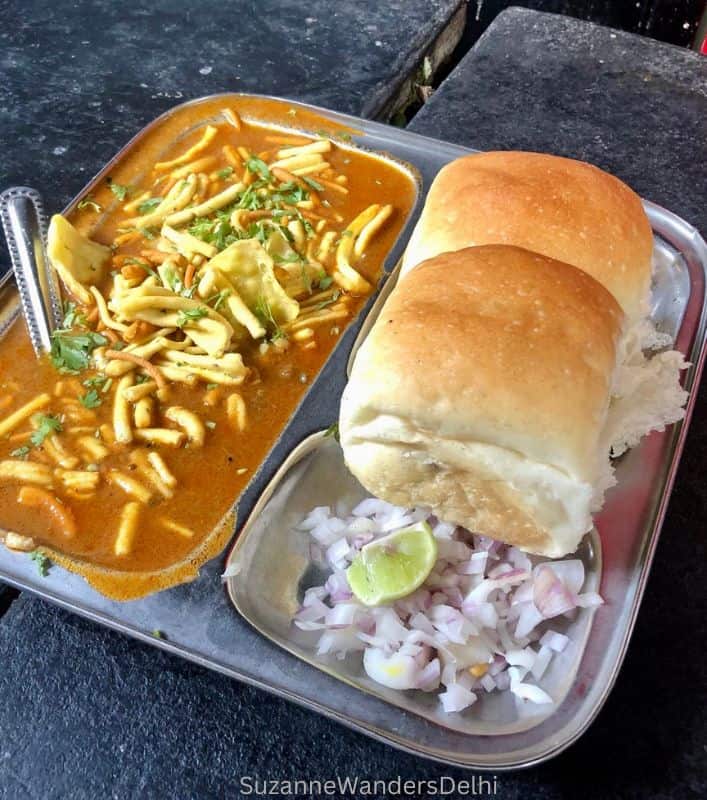
Mumbai and Delhi are both famous for their street food, but which city has the better cuisine? The Mumbai vs Delhi food debate is a hot topic, you’ll just have to decide for yourself.
Delhi is well known as the food capital of India and quickly being recognized as an international foodie destination. Both cities have a great street food scene, but Delhi’s is more diverse owing to the number of immigrants, refugees and its Mughal history. There’s also a fantastic range of international restaurants thanks in part to the large expat and diplomatic community. It’s possible to get authentic pizza, ramen, sushi, Italian, Thai, Vietnamese, French and Korean food in Delhi.
Some of India’s most famous street foods got their start in Mumbai, and eating chaat on Chowpatty Beach is an iconic Mumbai experience. There’s a great street food scene in Mumbai also, though not quite as diverse as Delhi. The cuisine of Mumbai is characterized by seafood and it’s proximity to south India (lots of coconut milk, lentils, spice) and the Parsi community.
- Mumbai: seafood, south Indian and Parsi cuisine
- Delhi: meat, Punjabi and Mughal cuisine
Mumbai vs Delhi: which city is safer?
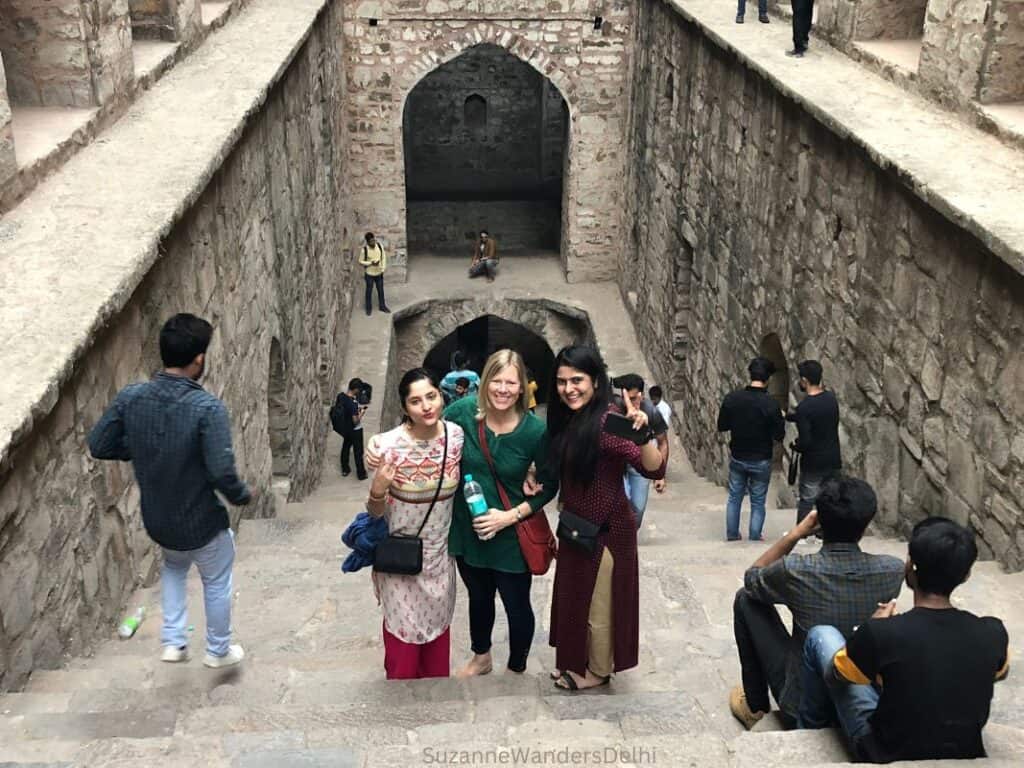
In terms of safety, there is a clear winner – Mumbai. Mumbai ranks safer than Delhi across the board in terms of crime and in particular, crimes against women.
There’s a few reasons for this: Mumbai is more densely populated so there’s more people out at all times and streets are well lit. Because of the higher density, there’s a higher police presence. Mumbaikars will tell you that if anyone is in trouble, especially a woman, someone will always intervene. Visitors and residents report feeling safe walking at night and using public transit. This is not the case in Delhi.
Delhi is notoriously unsafe for women at night, even on their own streets. It also has one of the highest crime rates of any city in India. And the other cities with the highest crime rates are actually suburbs of Delhi. I live in Delhi and stay safe using common sense. Don’t walk alone at night, and stick to well lit areas. Use a trackable ride share program after 9 pm instead of rickshaws and the metro, and don’t flash money or a lot of jewelry.
- Mumbai: relatively safe
- Delhi: high crime rate, not safe for women alone at night
Mumbai vs Delhi: where is it easier to get around?
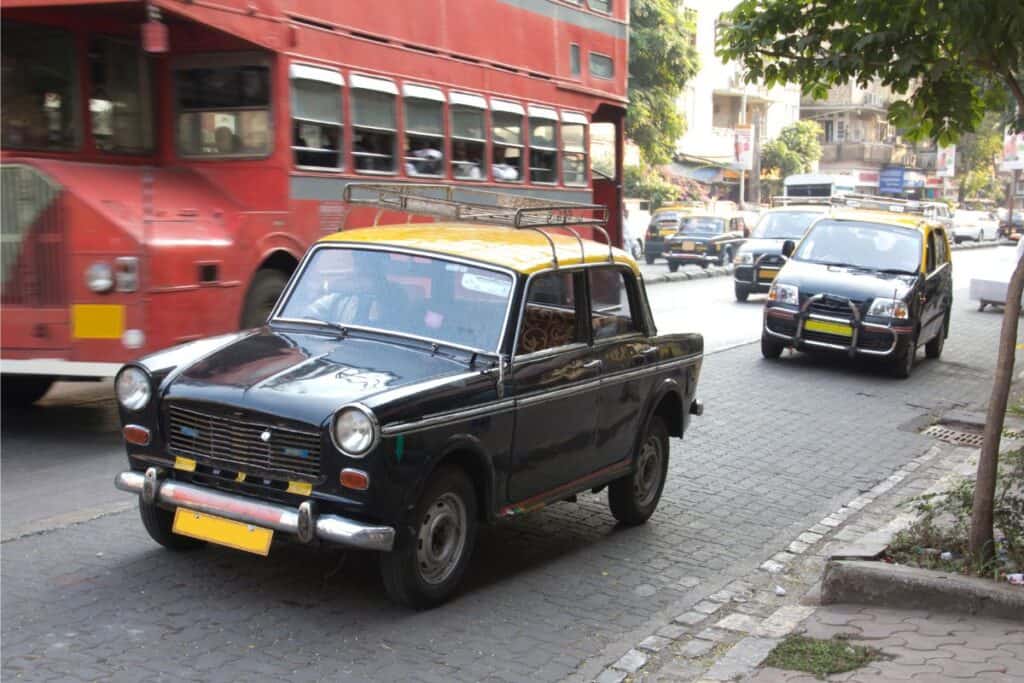
It’s a lot easier to get around Delhi. Delhi has an excellent metro system, and although traffic is bad, it doesn’t get completely gridlocked the way Mumbai does. Uber and Ola are easy to use in Delhi, and for shorter distances I take auto rickshaws.
Mumbai’s metro system is under construction and only one line (12 stops) is operational. Mumbaikars rely on a suburban train system, which is famously overcrowded and challenging to ride.
The best way to get around Mumbai is by taxi, Uber or Ola. All are relatively cheap and it’s safe to flag down a tax in Mumbai. Auto rickshaw are great for shorter distances, but they’re not allowed south of Bandra (south Mumbai), which is where most visitors end up staying.
Mumbai vs Delhi: which city has more to do?
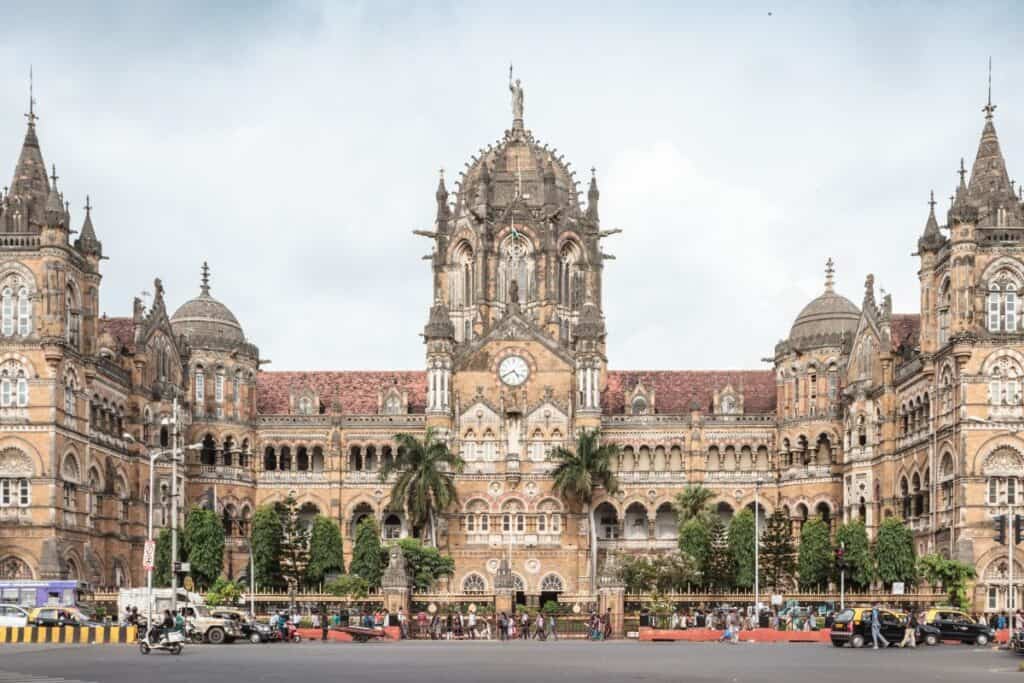
Mumbai and Delhi have their share of tourist attractions, but which city offers more? Each city has 3 UNESCO World Heritage sites and plenty of other things to keep a visitor busy for weeks.
Delhi is the site of 7 medieval cities and one of the oldest cities in the world. If you are a history buff you will be enthralled by Delhi. Ruins and remnants of historical buildings are everywhere – there are hundreds of them, some date back to the 12th century.
Delhi has many museums, art galleries, parks, temples, mosques, and lots of live theatre, music and dance. If you spent a full year in Delhi you wouldn’t be able to see and do everything.
Mumbai is more cosmopolitan and newer, literally. Most of the land Mumbai is built on was part of a massive land reclamation project that took place in the 1800s. While it doesn’t have the historic significance of Delhi, it does have plenty of architecture left over from its days as a colony.
Movie aficionados will love Mumbai, home of Bollywood. Films buffs can visit Film City, tour film locations and possibly run into a Bollywood star. Architecture lovers will adore the Fort area with 94 Victorian gothic-style buildings that comprise one of Mumbai’s UNESCO world heritage sites.
If you have read the book Shantaram by Gregory David Roberts, you can easily visit many of the sites featured in the book. I spent one weekend in Mumbai doing exactly that. It was great fun and got me off the beaten path.
There are Portuguese forts and churches (Mumbai was a Portuguese colony before being handed over to the British), British Victorian era buildings, historic temples, mosques, museums and art galleries. And of course, it’s on the Arabian Sea, so if you’re a beach lover you’ll enjoy visiting the beaches and walking along the seaside.
- Mumbai: better for beach lovers
- Delhi: better for history lovers
UNESCO World Heritage Sites
- Mumbai: Chhatrapati Shivaji Terminus, Victorian Gothic and Art Deco Ensembles of Mumbai and Elephanta Caves
- Delhi: Red Fort, Qutub Minar Complex and Humayun’s Tomb
Mumbai vs Delhi Hotels: Heritage Properties or Ocean Views
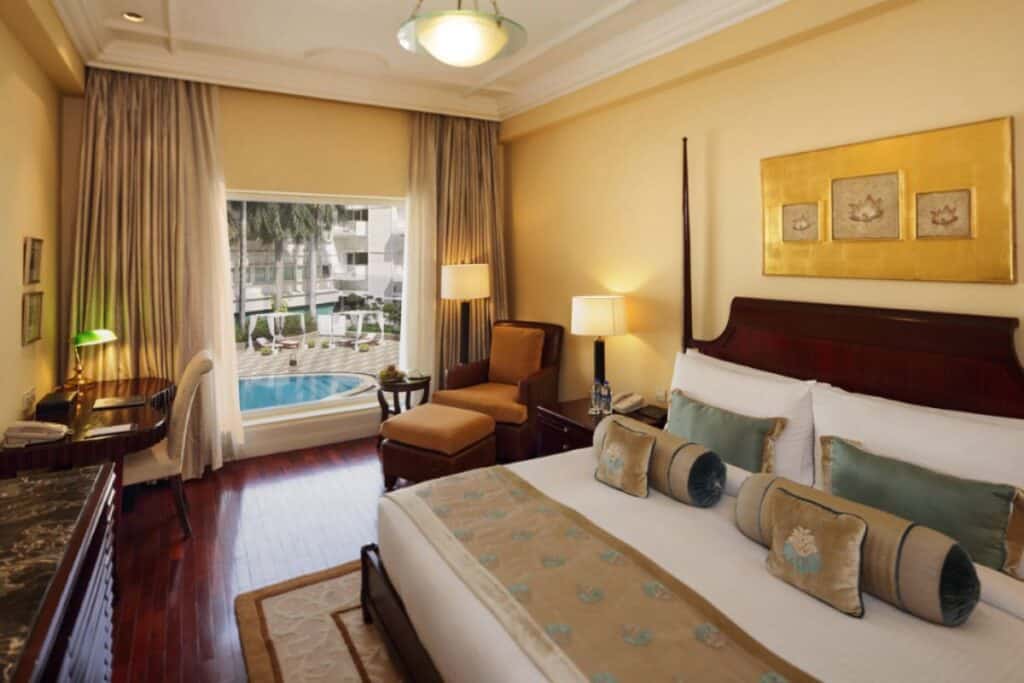
Both cities have lots of accommodation to suit every budget. Delhi has beautiful colonial-style heritage hotels like the Claridges, Maidens Hotel, and the Imperial Hotel, all 5 star hotels.
Mumbai has luxurious hotels with sea views like the Taj Mahal Palace, the Oberoi, and Trident, Nariman Point. Mumbai also has lots of mid-range hotels within a short walk of the sea-front, like my favourite, Fariyas Hotel in Colaba.
- Mumbai: ocean view rooms
- Delhi: colonial-style heritage hotels
Mumbai vs Delhi: which city has better shopping?
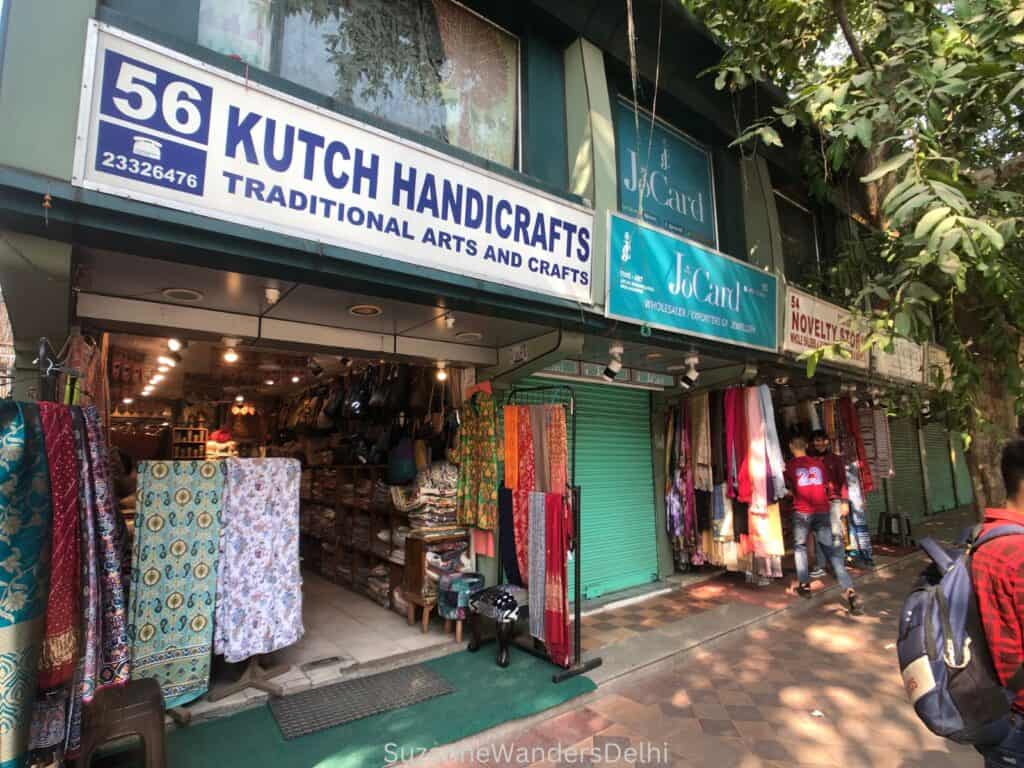
Both cities have fabulous shopping, everything from specialty street markets to high end shopping malls. Delhi does have more options in terms of street markets and prices are generally better, but unless the sole purpose of your trip is shopping, I would not let this be a deciding factor. It’s easy to pick up souvenirs and clothing in either city with plenty of options.
- Best Markets in Mumbai: Colaba Causeway Market, Crawford Market and Linking Road
- Best Markets in Delhi: Janpath Market, Sarojini Nagar Market, Dilli Haat
Delhi vs Mumbai: where is the night life better?
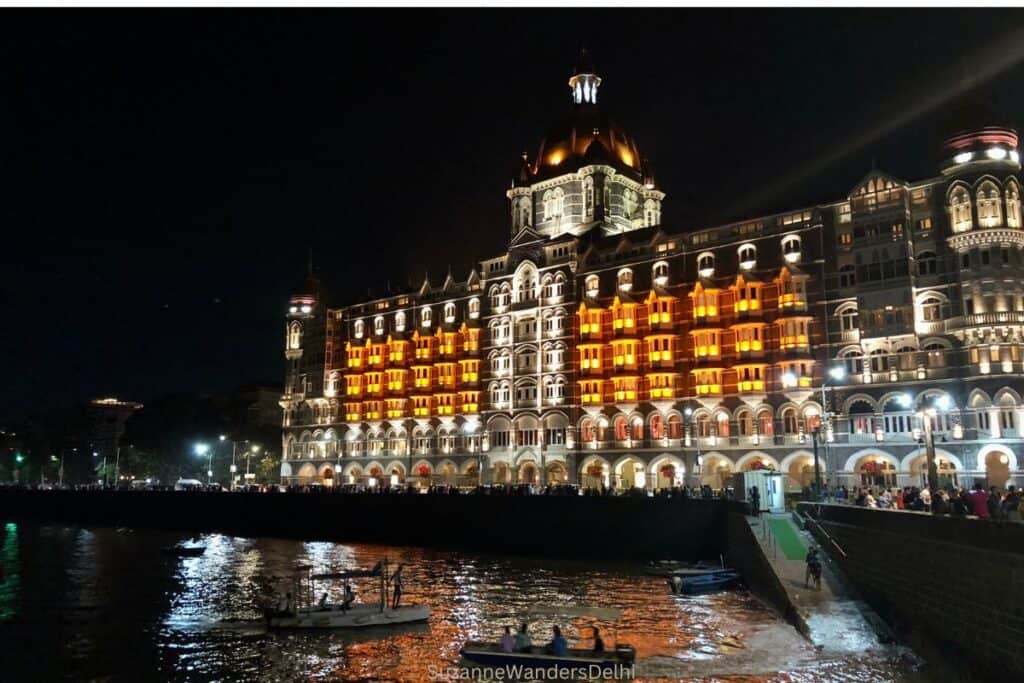
Mumbai is the city that never sleeps, and the nightlife is more vibrant than Delhi. The Mumbai vs Delhi nightlife debate is another hot one among locals but in this topic, Mumbai is the clear winner.
Both cities have all sorts of fantastic lounges and dance clubs, but Mumbai has an energy that Delhi cannot match. Things don’t really get going until 11 pm in either city, and carry on until 4 am. While Delhi has beautiful outdoor clubs with views of historic monuments, Mumbai has clubs with views of the ocean and glittering skyline.
Mumbai also has more variety of things to do at night than Delhi: night cycling, night markets, strolling along the seaside or visiting Chowpatty Beach. Mumbai is safer than Delhi, and more people are on the streets late at night. In Delhi, people will visit India Gate and Connaught Place at night, but the streets are quiet after 11 pm.
Mumbai vs Delhi: which is cheaper?
Mumbai is more expensive than Delhi. It has the highest cost of living out of all Indian cities. Delhi is the second highest. It’s also more expensive to visit Mumbai. On average, hotels and restaurants cost about 20% more than something comparable in Delhi. Taxis are cheaper in Mumbai and great for short distances, but because of the lack of metro you may have to take taxis longer distances also, which can add up. Clothes, food, and souvenirs all cost slightly more in Mumbai.
The Wrap-up on Delhi vs Mumbai: Which City is Better to Visit in 2024
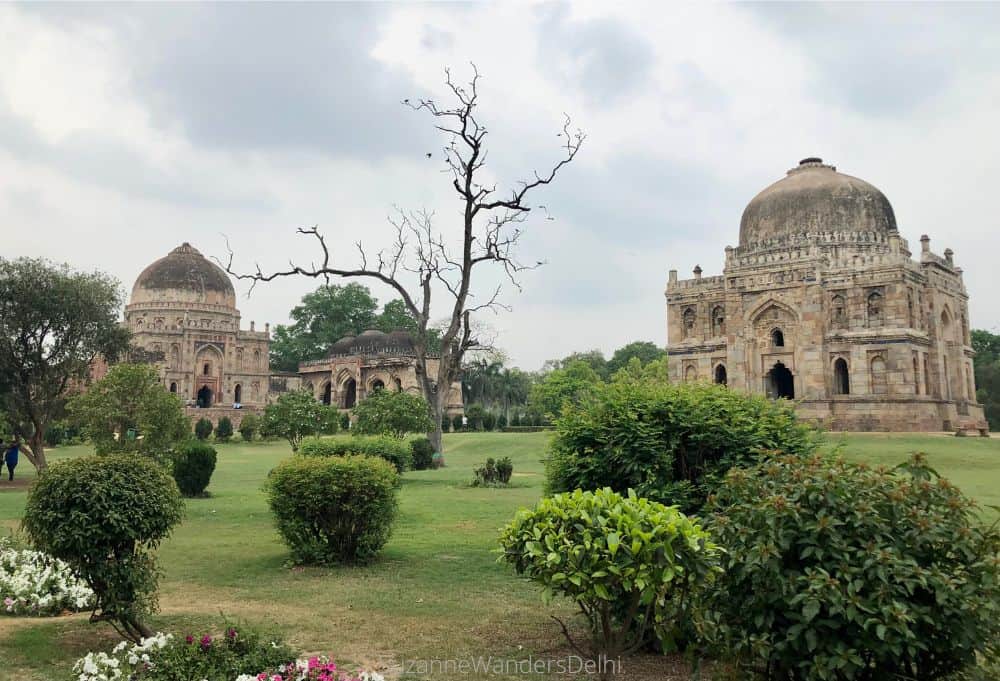
Delhi is better to visit for:
- historic sites
- heritage hotels
- north Indian cuisine like dal and kebabs
- shopping
- being on a budget
Mumbai is better to visit for:
- experiencing a cosmopolitan city
- Bollywood
- solo female travelers
- seafood and spicy dishes
- enjoying a coastal city
Don’t forget travel insurance! It’s always a good idea to carry travel insurance just in case something goes wrong. I really like and use SafetyWing

